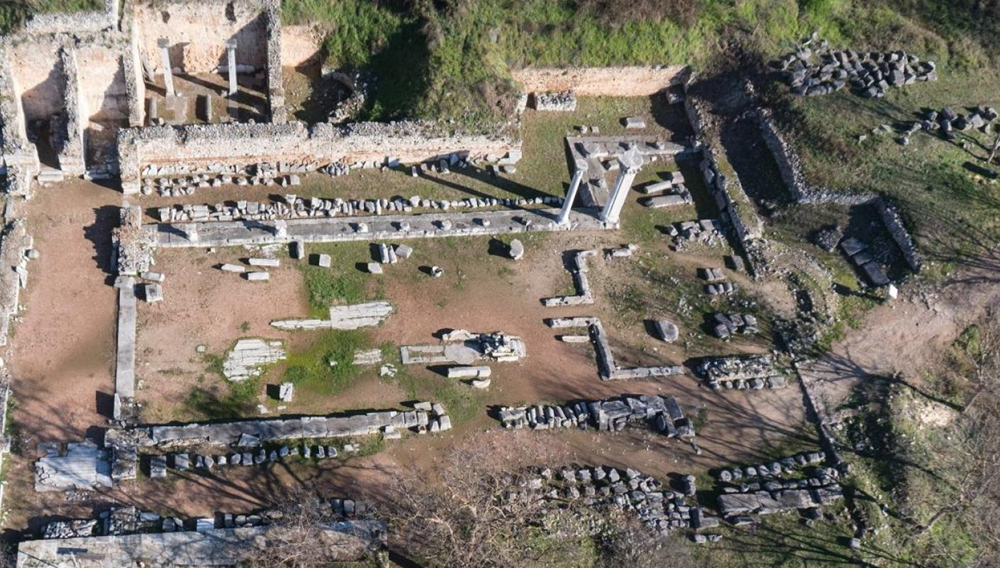
With the restoration of the monuments of the Basilica A complex—including the baptistery—the Ministry of Culture, through the Ephorate of Antiquities of Kavala, is proceeding with the restoration of the archaeological site of Philippi.
Minister of Culture Lina Mendoni stated: “The archaeological site of Philippi, included in the UNESCO World Heritage List, is a major archaeological site that contains particularly significant monuments. We continue with the restoration work of Basilica A as well as with all the interventions we are implementing for the functional upgrade of the archaeological site and its protection against fire through the installation of a permanent fire-fighting network, within the framework of the National Plan for the prevention and management of the impacts of the climate crisis on cultural heritage. Basilica A is one of the most important monuments and points of interest in the archaeological site. It is the oldest and largest Christian episcopal church in Philippi. After the removal of the section of the national road that passed through the archaeological site, the ancient Egnatia Road is unified with the road between the forum and the early Christian Basilica A. These specific interventions create a unified archaeological site with modern visitor and safety infrastructure for both visitors and workers.”
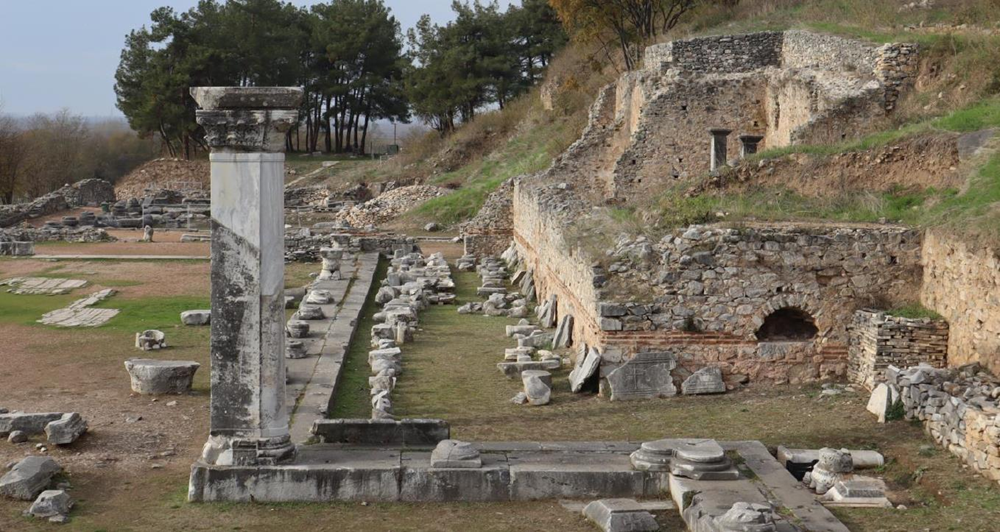
The Basilica A complex covers an area of approximately 6,800 square meters. Its construction dates to around 500 AD, while it appears to have been destroyed in the 7th–8th centuries. The building complex of Basilica A is located adjacent to a group of mostly Roman sanctuaries that are carved into the rock and partly situated in old quarries. The Basilica A complex consists of the main church, the atrium, and the colonnaded courtyard, which is accessed via monumental staircases, as well as the annexes, which include the baptistery with its vestibule and the chapel. The baptistery is an independent annex that is in contact with the exterior side of the north wall of the main church of Basilica A.
The restoration work of the Basilica A complex focuses on the masonry and floors in the main church, the narthex, and the eastern portico of the atrium. Some sections, such as masonry and architectural elements of the monument, are preserved in better condition, while other parts, mainly the decoration, exhibit serious problems with loss of material and form, and any previous stabilization efforts are now considered insufficient. The current condition of the baptistery is considered relatively satisfactory, given the many adverse factors such as natural material deterioration, human intervention, and environmental factors that critically affect and cause damage to the monument. The goals of the intervention are the conservation and protection of the monumental complex, its unobstructed presentation to the public, and its morphological and structural restoration—primarily at the floor plan level—in order to enable a clear understanding of its geometry.
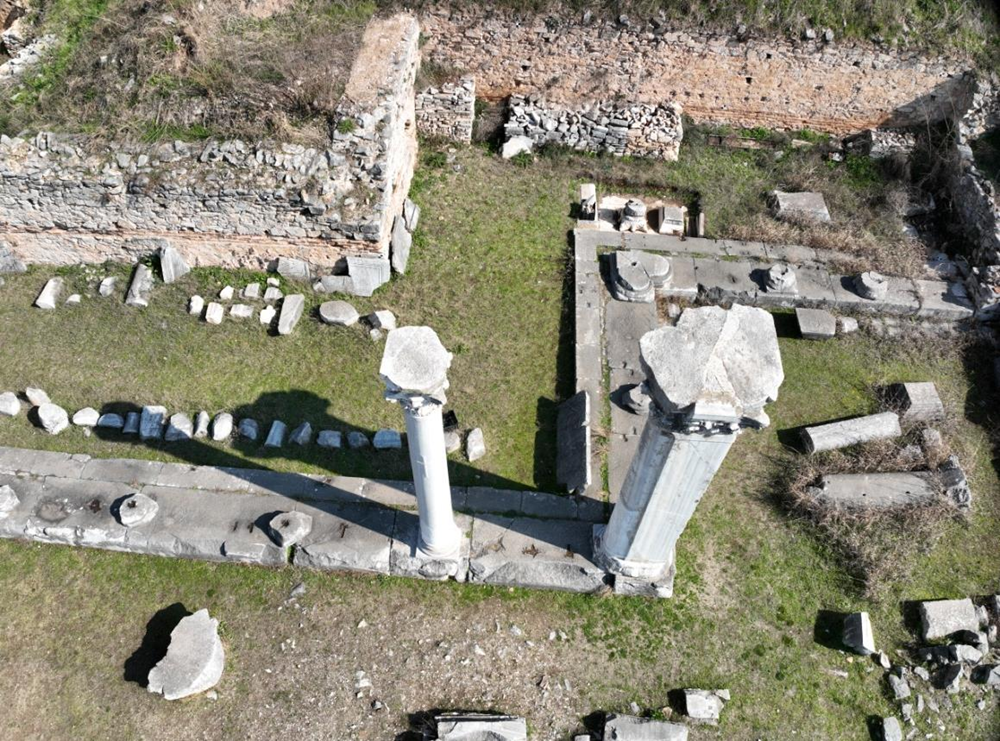
The proposed interventions are based on the principles of respecting the natural terrain, utilizing the existing soil retention structures, recovering lost sections, reusing ancient building materials, ensuring the distinctiveness of the new interventions, and employing modern materials for the morphological restoration of elements with an educational character.

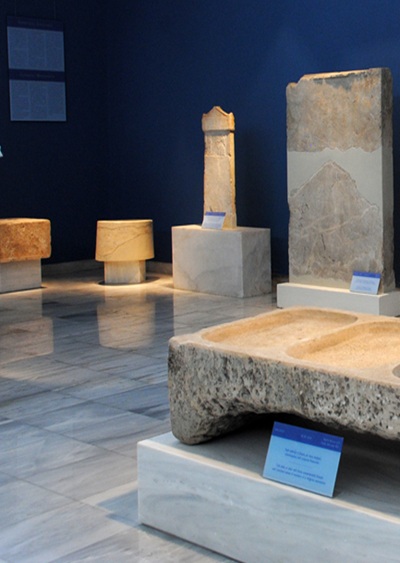
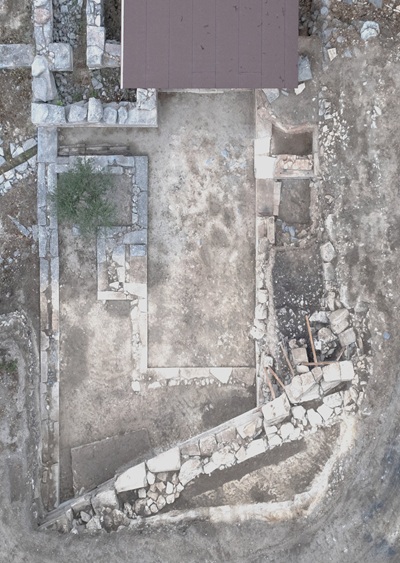
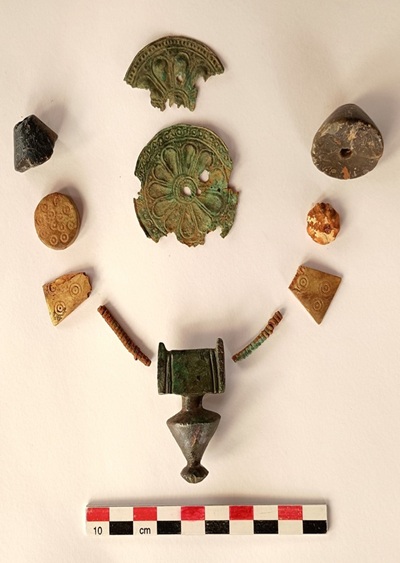
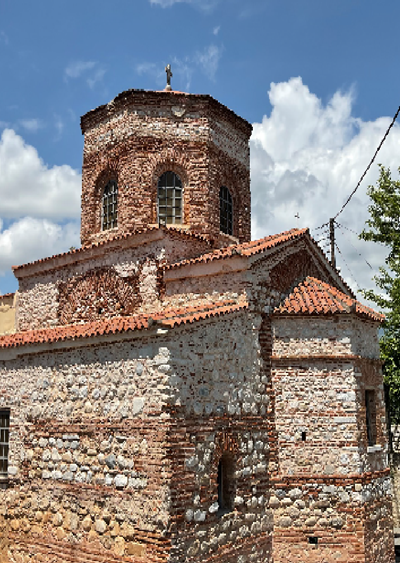


Leave A Comment